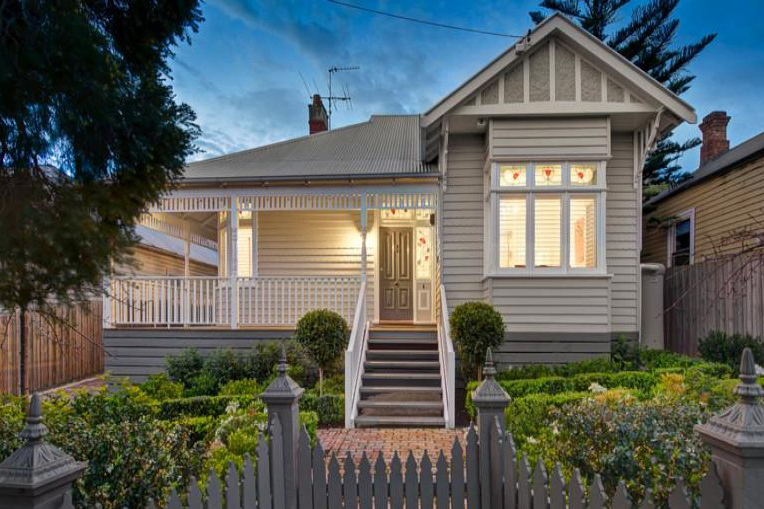When it comes to exteriors, do first impressions count?
Ever walked down the street and thought “yes, I really like that house” or “yikes! That house does nothing for me”?
At the very first glance of a property we instantly form an impression. It is human nature to judge a book by its cover.
You’ll never get a second chance to make a great first impression.
First impressions happen fast.
You may have heard that people will form an impression of you, your character, your personality — an impression that is nearly indelible — all within the first 60 seconds of meeting you. But wait … recent reports say now it could take as little time as a blink of the eye.
It may take just a tenth of a second to form an impression of a stranger from their face, but objects are categorized as soon as they are perceived. That really leaves nothing to chance.
Try this: stand on the opposite side of the street from a property and turn your back to it, then turn around to face it for a few seconds, and turn away again.
Get rid of what’s not working.
Anything that caught your eye in that time should be neutralized or removed. Perhaps there was an overgrown bush, a bright coloured balustrade, a broken window awning.
If you noticed anything that did not bring you a good feeling then the property hasn’t given you a good first impression.
While it’s pretty important to like a house if you are living in it, it’s equally important for your tenants to like where they live too. When developing property you a want a great first impression.
When it comes down to it, you are creating a dream; both for yourself but also for tenants, so they look after the property and stay a long time.
Today there is so much choice when it comes to exteriors for new dwellings that there’s really no excuse to produce a boring façade.

When looking at exterior colours for your project consider this:
- The roof represents around 30% of the total look.
- The walls are roughly 60%.
- The fascias and guttering are about 10%
Tips to dress up your property.
Even the exterior of a low-budget development can be maximised. Here are a few suggestions to discuss with your architect:
- A combination of finishes. Perhaps use some rendered walls combined with face brick or other elements such as lightweight cladding or stacked stone (depending on location and budget).
- External panelling. There are products we use that look like weatherboard but are actually a lightweight fibre cement panel. They’re low-maintenance and rot resistant.
- Contrasting brick work. Perhaps use two different face bricks. It won’t cost any more as long as both bricks are within the builder’s range. The mathematical precision of brickwork can be emphasised by using a contrasting mortar to the brick colour, so with dark brick use a white mortar. Using a light coloured brick with flush mortar joint finish in a matching colour will give the impression of a large single-coloured area similar to a rendered surface. I call this the poor man’s render look.
- Feature columns. We’re not talking Julius Caesar-style but contrasting brick or bagged columns to the front can add some interest.
- Bagging. This is a lighter form of rendering, which isn’t straight with perfect angles. It allows for the slight imperfections to be seen but can look just as good on the right property and is much cheaper.
- Timber inserts to gables. A gable is the triangle formed by a sloping roof. Rather than just paint it, you can use timber, aluminium panels or even Colourbond cladding.
Don’t forget the garden.
If you really do want to make a “statement”, remember the garden planting you put along your facade is another opportunity and probably contributes just as much to the street impact.
And the good news is that when you grow tired of a garden bed, it’s much easier to change than the front of a home.
Source: REA
